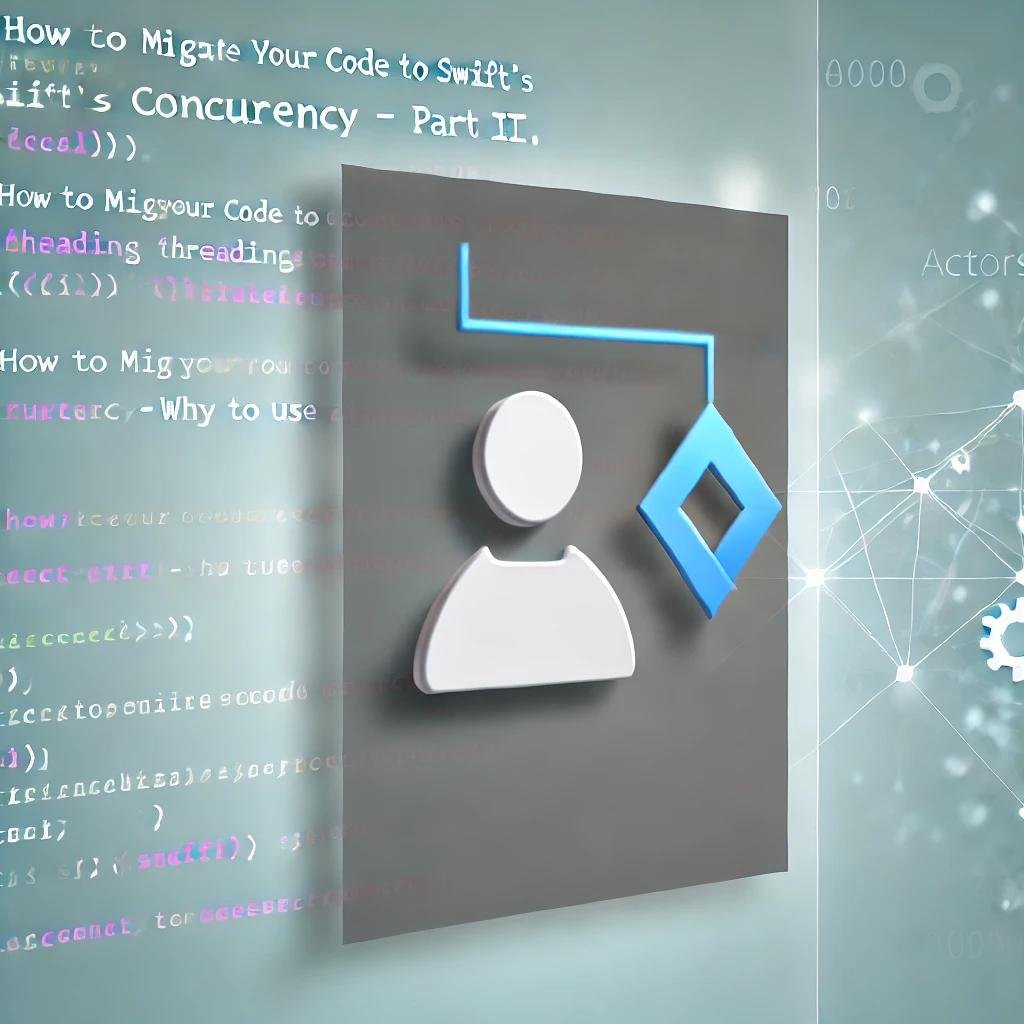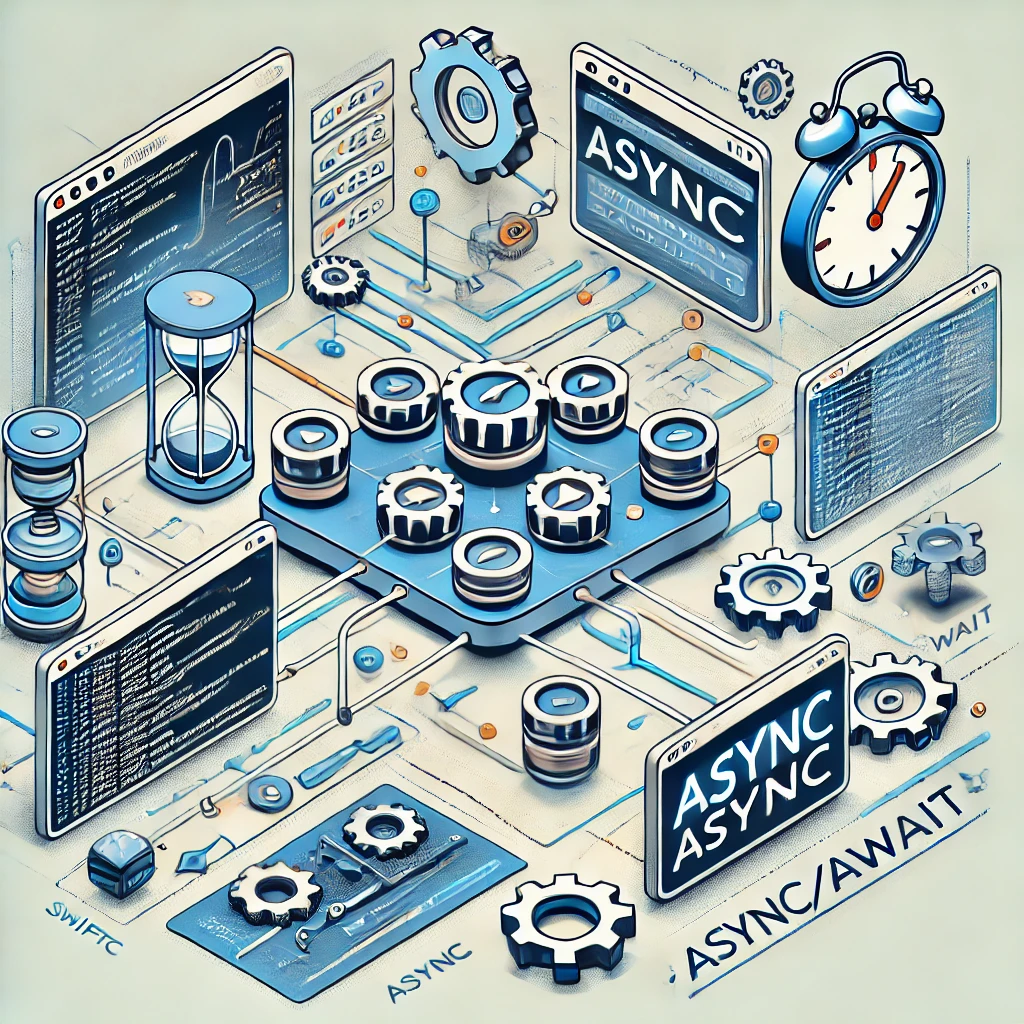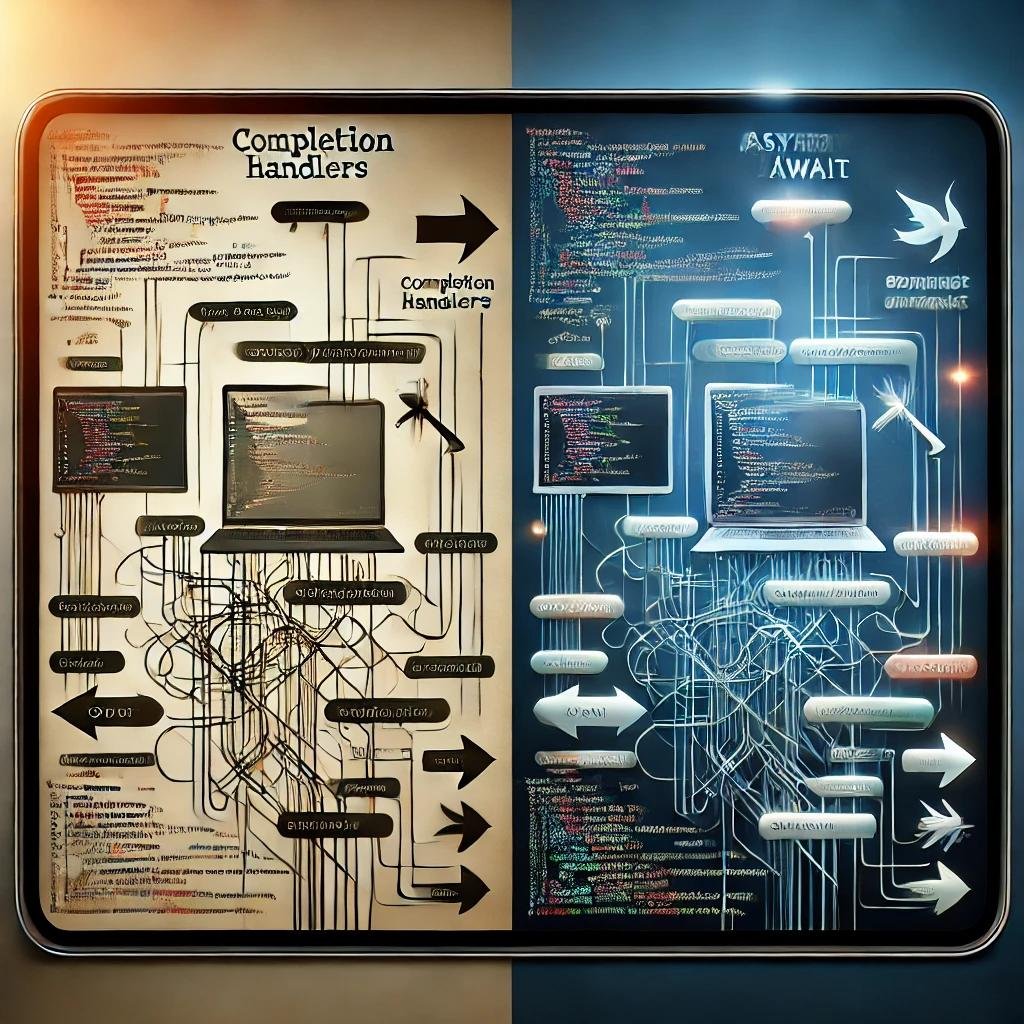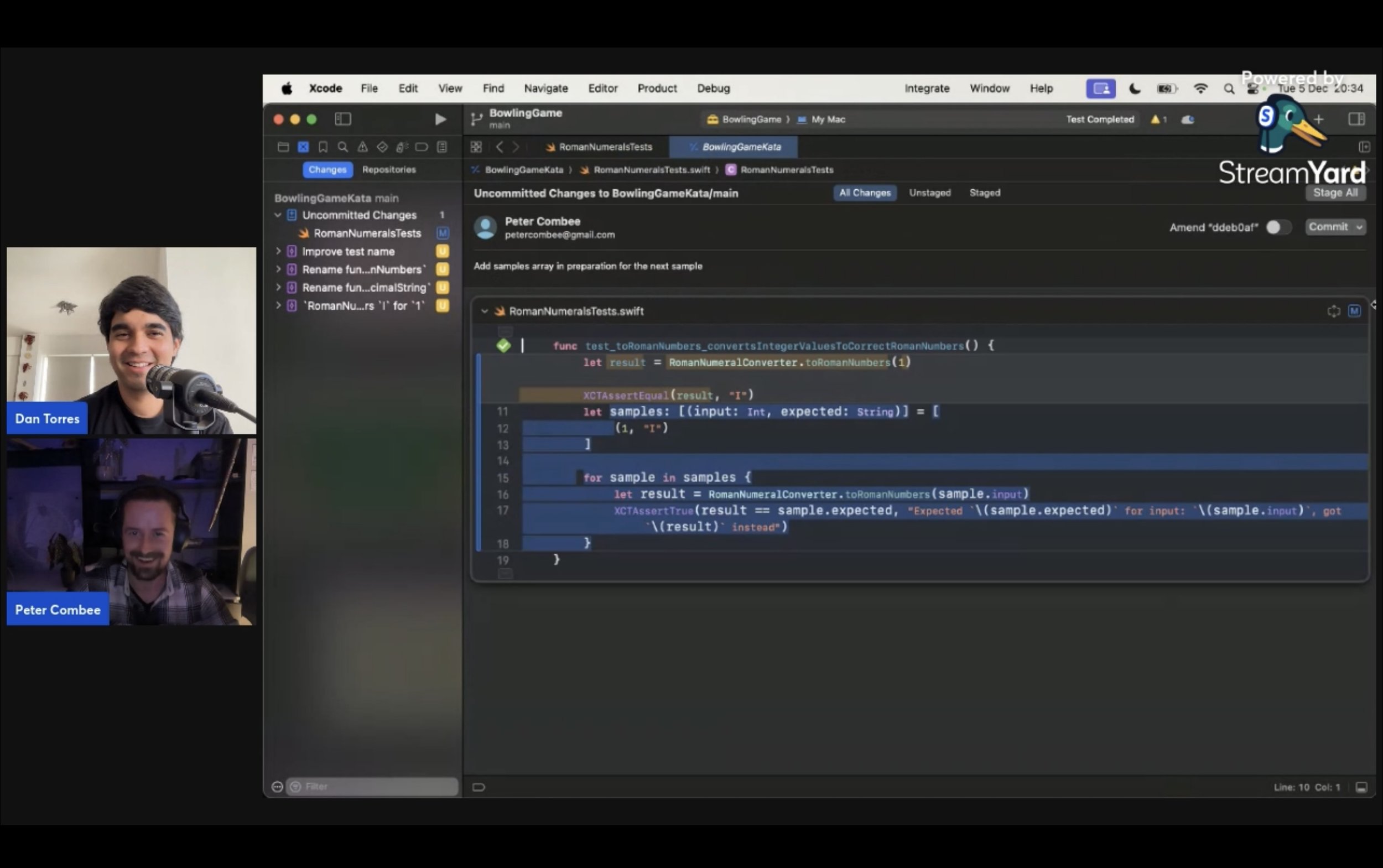Writing on practices and principles to achieve sustainable codebases in iOS for developers and tech firms.

How to migrate your code to Swift’s Concurrency - Part III: Why to use Actors?
In Swift, actors are used to handle concurrency by ensuring that shared mutable state is isolated and protected. Unlike regular objects, which can be accessed from any thread, actors ensure that their properties and methods are accessed safely, even in a concurrent environment…

How to migrate your code to Swift’s Concurrency - Part II
Explore Swift’s new concurrency model, breaking down the differences between synchronous and asynchronous code, and how async/await functions manage thread suspension. We’ll also cover the practical side by explaining how to work with continuations and how to use the “add async alternative” shortcut.

How to migrate your code to Swift’s Async/Await - Part I
Asynchronous code using completion handlers often leads to complexity, making your code harder to read and maintain. Swift’s async/await feature offers a more streamlined and error-resistant approach. In this article, I’ll guide you through the key differences between async/await and completion handlers and show you how to migrate your code to a more concise, safer version using Swift’s async/await.

#5 - TDD, Pair Programming, and Katas: Refactor with tests
Do you want to improve your code reusability and readability for your team? Try refactoring your code in small, predictable, low cognitive, easily trackable, and revertable changes using tests.

#4 - TDD, Pair Programming, and Katas: How Driver and Navigator Work in Pair Programming?
Sometimes, you might feel your team takes too long to share and discuss ideas during Pair Programming. But Pair Programming is not just about two developers working on the same code; some rules help you be productive. By specifying the role of the Driver and Navigator, you might overcome endless debates while saving time. In this article, I'll dive deep into these concepts and how they can improve Pair Programming techniques.
